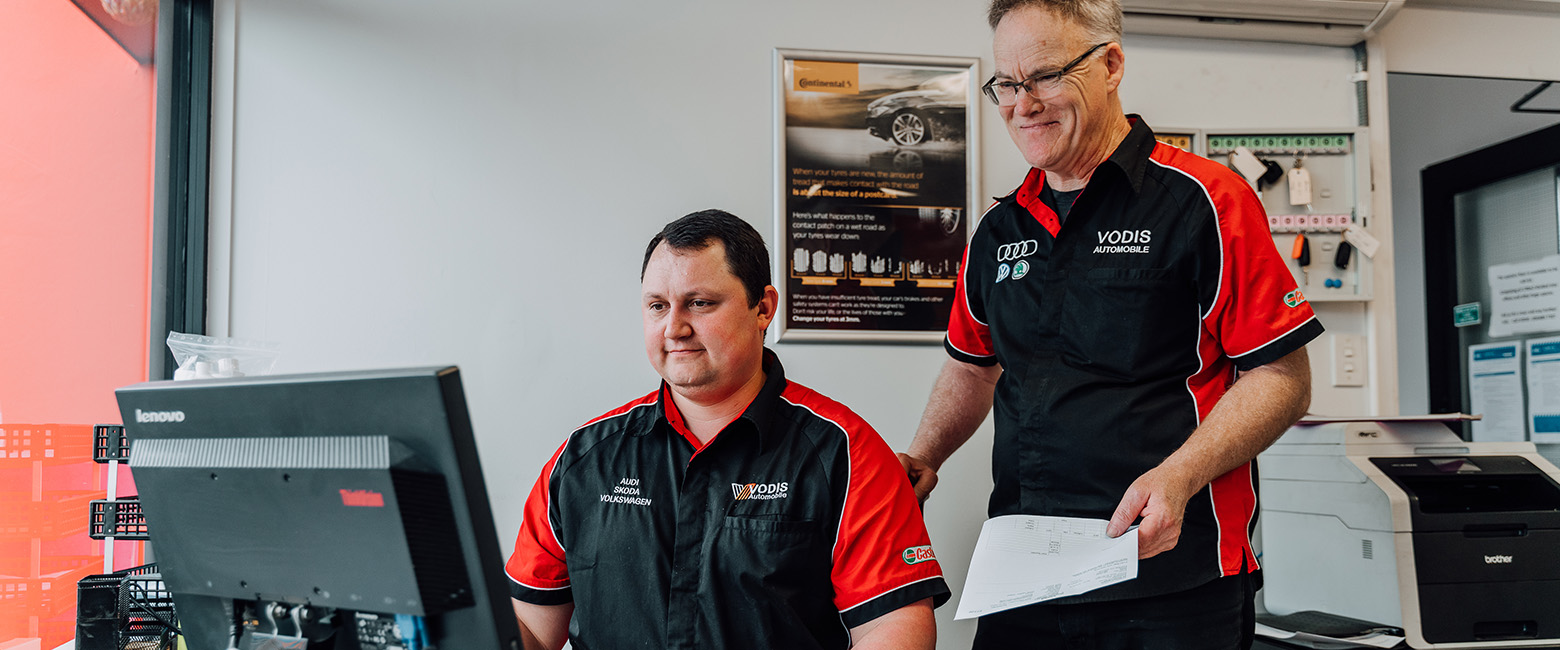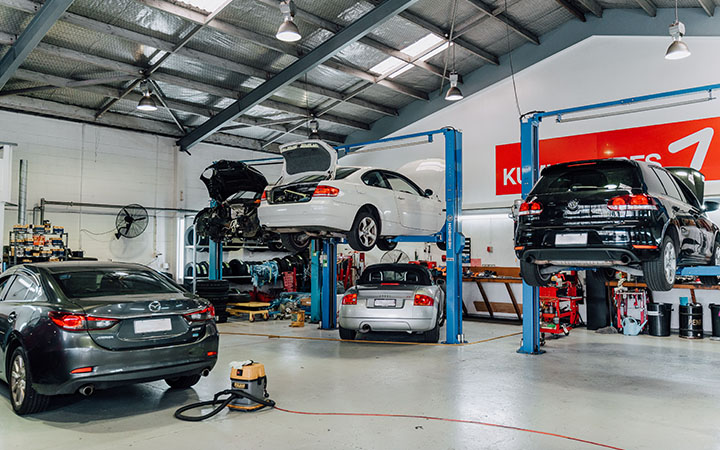Over the last 20 years, auto aftermarket workshops have been forced to invest in the tools and technology essential to survival, but it’s a different story in the front office of most businesses.
There’s one simple explanation for the slower rate of investment in front office systems — most workshop owners are technicians by trade and their priorities are on the tools, not in the office technologies which really keep the business ticking over.
Expecting the office to just keep performing using the same systems they might have started with 20 years ago is inviting disaster. With antiquated processes, the office can quickly become a bottleneck that younger customers, with experience in modern systems, may not tolerate. If they think your workshop is old-fashioned, they won’t hesitate to look elsewhere for a workshop more aligned with their thinking.
We are not talking about taking a giant leap into artificial intelligence, the current fad. Its impact on an office environment is yet to be made clear, so that will be a subject for another year. Workshops need the ‘now’ technologies that can have an immediate and positive impact on the business.
Live chat and two-way SMS
Essentially, these are platforms that allow two-way communication with customers. Workshops use them in all sorts of ways, from handling enquiries to encouraging reviews.
At times, messaging can be more convenient and efficient than phone calls. Look at the way almost everyone handles their mobile phones — their eyes are glued to the screen, checking messages. They have become used to reacting and responding immediately, and that can only be good for a business message.
Educational videos
Educational videos have been around for a while, but it has become considerably easier to integrate videos into customer communication systems. Video is a powerful tool, quite capable of doing a lot of selling for the workshop.
For example: A customer needs to be told their car’s timing belt is due for replacement. Your office manager would typically call. A better option that would no doubt have greater appeal, especially to the younger market, would be to SMS a service report together with a timing belt animation video, followed by a phone call — seeing is believing.
Social media has been the training ground for communication techniques since the day it went live, so all you are doing is matching your outgoing information flow with technology that most people are now using. Even handling social media in a business environment has become easier — If you are unsure about how to use it, don't hesitate to ask for assistance.
Service and repair video recordings
Personalised service videos have become essential for relaying specific issues about a customer’s car problem.
There’s hardly a mobile phone on the market that can’t produce a watchable video from the hands of an amateur. The videos can be simple — the simpler the better — and should inform customers why certain repairs and maintenance are necessary within certain time frames.
Car dealerships have used video clips to inform customers for several years, so it was just a matter of time before it could become simple and foolproof enough to be used in the smallest of aftermarket workshops.
Workshops which have tried the video approach to wow their customers have achieved just that — watching a personalised video of their vehicle in the workshop is the ultimate wow.
Electronic diaries and job cards
A paper diary and job card might have been the norm only five years ago, but no longer. Electronic versions that are now included automatically in modern point-of-sale programs are more accurate and accessible and certainly easier to use.
Electronic job cards and diaries might not be perfect and perhaps may not be as flexible as a paper version, but their efficiency far outweighs any negatives. Those who go electronic never revert back to the paper version.
Online bookings
Online bookings are the norm in most industries, but the uptake in the automotive repair industry has been much slower. To a certain extent this may always be the case because customers with a serious vehicle issue will usually prefer to talk it through with a real person.
This doesn’t mean the option of online bookings should not be offered. Many customers will appreciate the convenience. Most automotive software programs now offer online bookings as an option. If that’s not viable, talk to your web developer and they will easily create one that will notify you via email each time a booking is received.
Finance solutions
Most franchise groups and dealerships now offer some form of finance facility, but don’t confuse this with direct credit. These bigger outfits outsource the collecting of the payment to a third-party finance company and are paid upfront, less a small agreed commission.
The idea of offering these payment options is to help those customers who may not have immediate access to funds, hence removing the ‘can’t afford it’ objection. Offering finance solutions might not be something you want to openly advertise, but they can be a great option to have available if needed.
Change can be hard, but the cost of not changing can be harder. I encourage you to be open-minded and consider how new technologies can help streamline your office procedures and improve your customer service experience.


